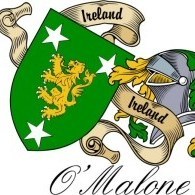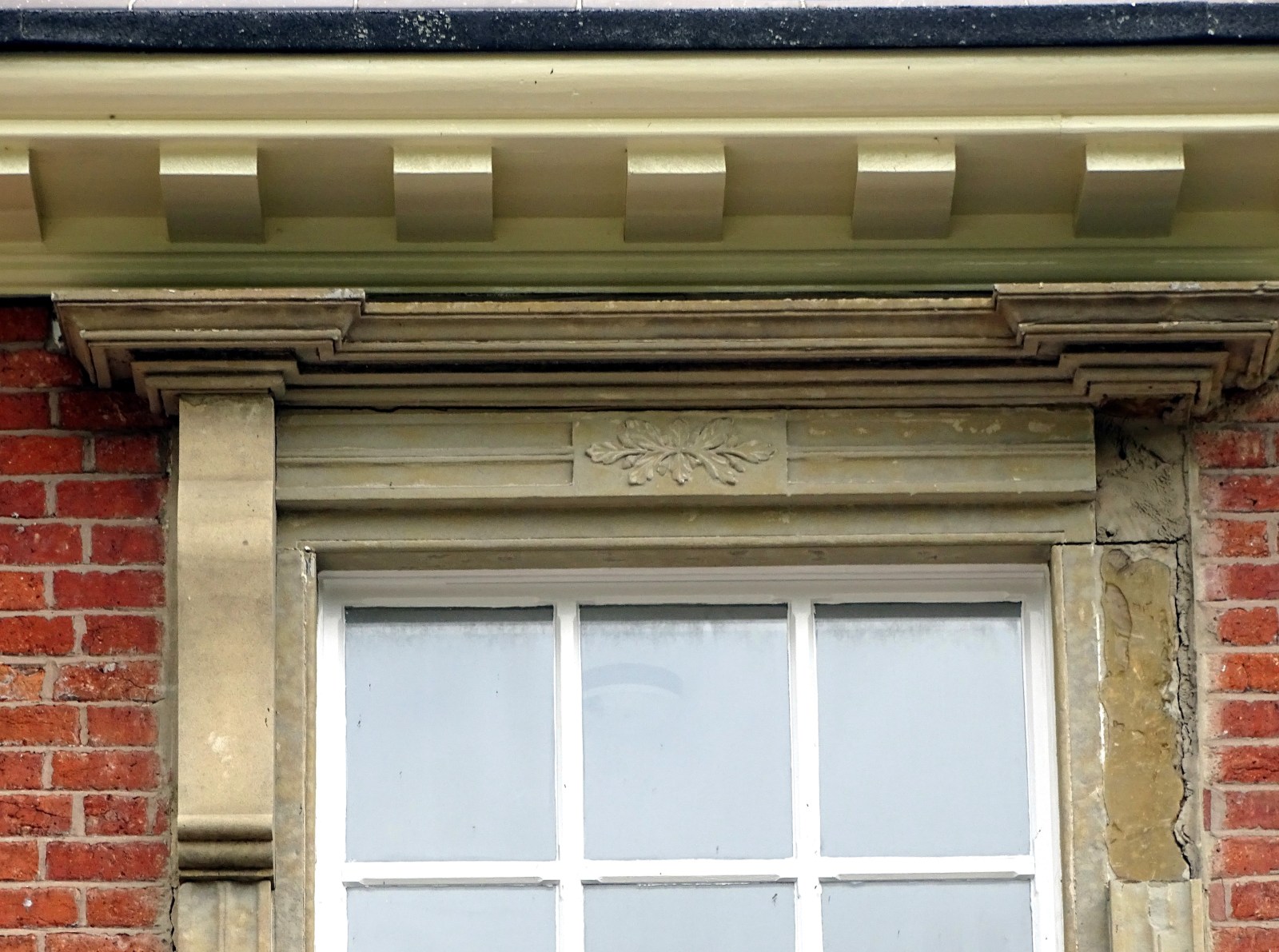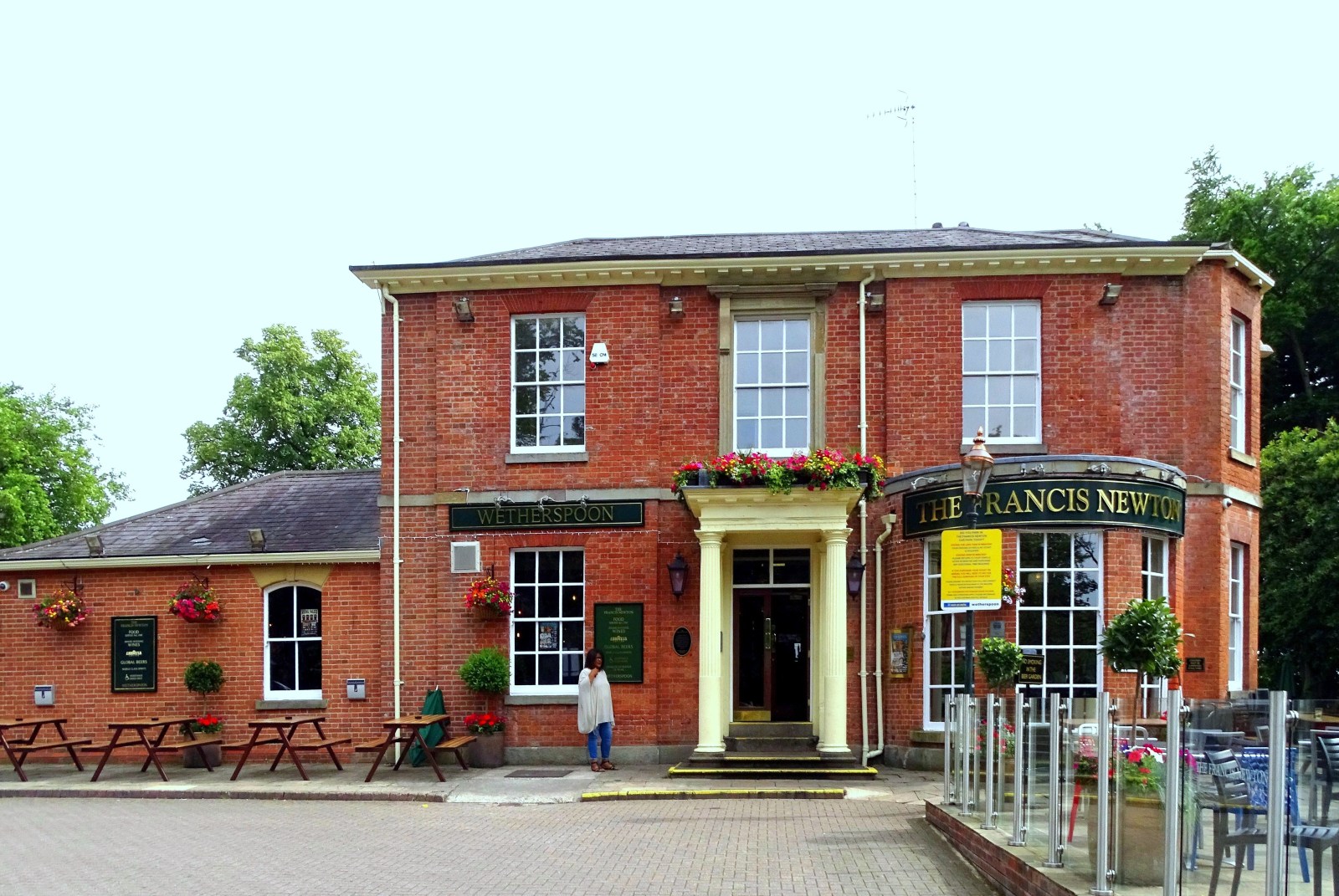Leaderboard
Popular Content
Showing content with the highest reputation on 13/04/23 in all areas
-
Francis Newton & Broom Bank House The decorative cornice in the clue picture can be found on what is now the Francis Newton, a Wetherspoon`s public house on Clarkehouse Road, originally it was named Broom Bank House and was built by local lad made good, Francis Newton, Francis was the son of Thomas Newton a Grocer Campo Lane, he still had his grocery business when Francis was born in 1796, his father may have provided the capital to start his business. By 1822, he was in partnership with John Greaves who became Master Cutler, 1837, the partnership was called Greaves & Newton, merchant and manufacturers of table cutlery, pen and pocket knives, razors, and brass founders. The enterprise was based in West Street, but by 1834 was trading in Portobello Street. One of the partners, Henry Greaves, died on 13 February 1835. John Greaves died on 30 June 1849, in Ramsey on the Isle of Man. Prior to his partners death, Francis was trading under his own name after about 1837, manufacturing table cutlery, pen and pocket knives, razors and various tools. By the start of the 1850s, Francis had brought his sons, Thomas Newton, 1825-1892, Francis Newton Jun.1828-1904, and James Greaves Newton 1831-1878, into the enterprise. As 1854 dawned Francis retired , on the 21st of July 1864 Francis died at the age of 68, he was buried in Ecclesall All Saints Churchyard, he left £30,000 and the business passed to his sons, Francis and Thomas, the other brother James had left the company in 1858 Another name linked to the company was also a partner, he was Hamer Chalmer, he was a director from 1867 to 1905, he was the son of the vicar of Fulwood, Hamer had been apprenticed to Newton’s, progressed to traveller and ultimately chief partner, he died on the 3rd of March 1913 aged 74. Newton’s manager was Mr John Scholefield and when he died on the 21st of September 1891, aged 82 he was known as the oldest cutlery manager in town, he was laid to rest in Norton cemetery. By 1871 the firm employed 45 workers by 1883 the workforce had risen to 70 men and 30 lads, in 1884, Newton's took over the assets of the bankrupt steel, tool, and cutlery business of Joseph & Robert Dodge. The firm's products were impressed with the corporate marks, "Premier", the figure of a swan with the word "Try", and Juste Judicato, the latter was Dodge's old mark. An article in the Sheffield And Rotherham Up-To-Date 1897, stated “The Portobello Works is occupied as general and private offices, warehouses, and packing and dispatch departments, at the rear of the works held grinding shops, forges, the motive force was by steam power and four hundred workers are employed there” the workforce seems to have had a big jump from one hundred to four. A silver mark was registered in Sheffield in 1906, when the company adopted limited liability. Newton's sold to the home market and the Continent, particularly to Dutch and German customers. In the 20th century, Newton's marks were bought by George Butler. The Newton name survived and was still listed in directories at the end of the 1980s. Due to his profitable business he was able to build Broombank House, as a residential dwelling for his wife and family, this building, was built in the Georgian style, it was within easy walking or riding distance of his Portobello Works. In 1844 Francis was elected Master Cutler, the head of the prestigious Company of Cutlers. At that point, the region manufactured 90% of British steel, and nearly half the entire European output. To the rear of the buildings beyond a large lawn were private gardens complete with a little pond. Lynwood Gardens is an 11 acre area of mature woodland and open glades. The site is a rare example of the surviving house and garden of a wealthy Victorian, in the 1820s . At that point, the region manufactured 90% of British steel, and nearly half the entire European output. To the rear of the buildings beyond a large lawn were private gardens complete with a little pond. Lynwood Gardens is an 11 acre area of mature woodland and open glades. The site is a rare example of the surviving house and garden of a wealthy Victorian manufacturer. After it was built it was left virtually untouched for over 150 years; map evidence suggests that it may be the only piece of virgin land left in western Sheffield. The Friends of Lynwood Gardens took over the site in 2003. By 1911 the site was King Edward VII Boarding House for Juniors. Frederick Thomas Saville, Master. After 1918, about thirty boys who came from outside Sheffield were boarders. The house was then owned by one of the teachers. It was subsequently acquired by Sheffield City Council Education Department. The building opened as a Wetherspoon in February 2010, after a £750,000 makeover, having previously been the Aunt Sally, a Tom Cobleigh pub from 1994 to 2009. Tom Cobleigh, took on a derelict building and spent some £1.5 million on restoration. Work included the foundations and cellar; these had been reinforced with steel beams and doors to provide a blast proof headquarters for WWII ARP wardens. Inside, some decorative arches were condemned as beyond restoration. However, identical replicas were used in their place. There is also a large amount of wooden panelling, some of which may be original. In addition, a large conservatory was built as an extension. The photo of Sidney Street & Sylvester Lane shows the Portobello Works on the extreme right, this may well be Francis Newtons works, As always my thanks to Geoff Tweedale’s book on Sheffield Cutlery Manufacturers without which this article would not have been possible.1 point




DirectorofSheffieldBankingCompany(fromaminiatureinthepossessionofFrancisNew.jpg.033744315fb8013324764041deb5f62f.jpg)
